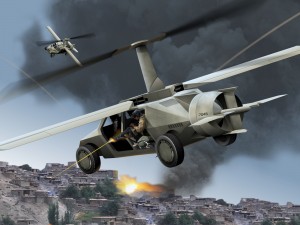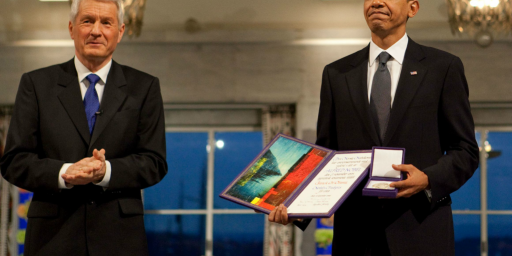Robot Vehicles
Robot Race Is Giant Step for Unmanned Kind
It will be a race across nearly 200 miles of rugged terrain, featuring robotic vehicles in all shapes and sizes that have been built and programmed to drive a predetermined course through difficult and sometimes unexpected conditions entirely on their own.
No humans behind the wheel, no navigators using remote control.
“We’re all trying to do what they say can’t be done,” said Scott Wilson, captain of a university team from southwest Louisiana that has named its entry CajunBot.
The winner of the race, if there is one, will collect a $1 million prize courtesy of the Defense Advanced Research Projects Agency. DARPA is likening the event to a 1927 competition in which aviation enthusiasts were dared to design a plane capable of making a transatlantic flight, for a $25,000 prize. A guy named Lindbergh won that one.
For military researchers, the contest is no joke. Congress wants one-third of ground vehicles used in combat to be autonomous by 2015, to keep more troops out of danger. But so far, defense contractors have not had success replicating the kind of technology that has led, for example, to the deployment of unmanned planes over Iraqi battlefields.
***
He said he foresees a day when unmanned ground vehicles in a war zone will deliver supplies over long distances to troops without putting support personnel at risk. “Jessica Lynch comes to mind,” Tether said, referring to the celebrated Army private wounded and captured when the convoy of maintenance vehicles in which she was riding was ambushed last spring shortly after U.S. forces invaded Iraq. She was later rescued, but 11 soldiers in her company were killed during the ambush.
***
DARPA, whose research over the years has led to the Internet and the stealth bomber, is putting enormous effort into the race. The course, which will begin on dirt back roads near Barstow, Calif., and end near Las Vegas, remains a secret and will be closed to public viewing. Military helicopters will hover over the route, and manned vehicles will trail the robotic ones. Biologists also will be stationed along the course to prevent desert tortoises that emerge from their sandy holes this time of year from being run over.
Interesting. I love the idea of letting entrepreneurs compete rather than simply bidding a contract on something like this. You never know what surprises will come from something like this.






Fun to see. I agree with you whole heartedly.
America’s system is designed to encourage innovation. The process above gives innovation an opportunity. (Obviously, No-Bid provides no incentive for innovation.)
You never know what surprises will come from something like this.
hmmm, Yes and no….
The odds on favorite to win (a year in advance) is a CMU Prof who has spent 3 years working a Humvee that has 3.2 million bucks worth of sensors and processors in it. He also has 100 students on his team.
We all love the story of the little guy tinkering in his basement unravelling the mysteries of life but that seems like a long shot on this one.
But, stranger things have happened!
It’s still the same principle; it’s just little teams of geeks rather than one guy in his basement. Edison wasn’t working in his garage, either.